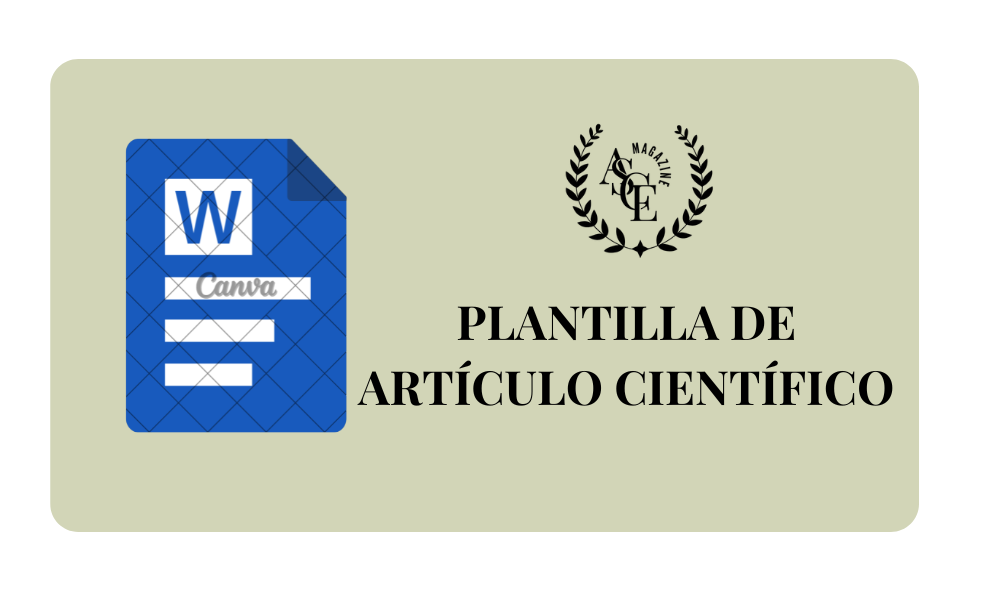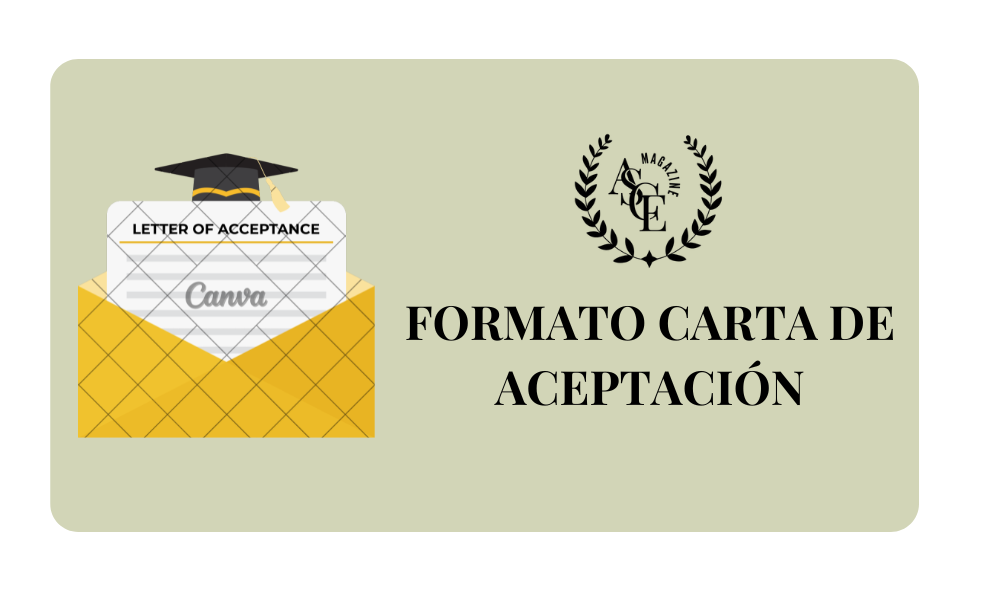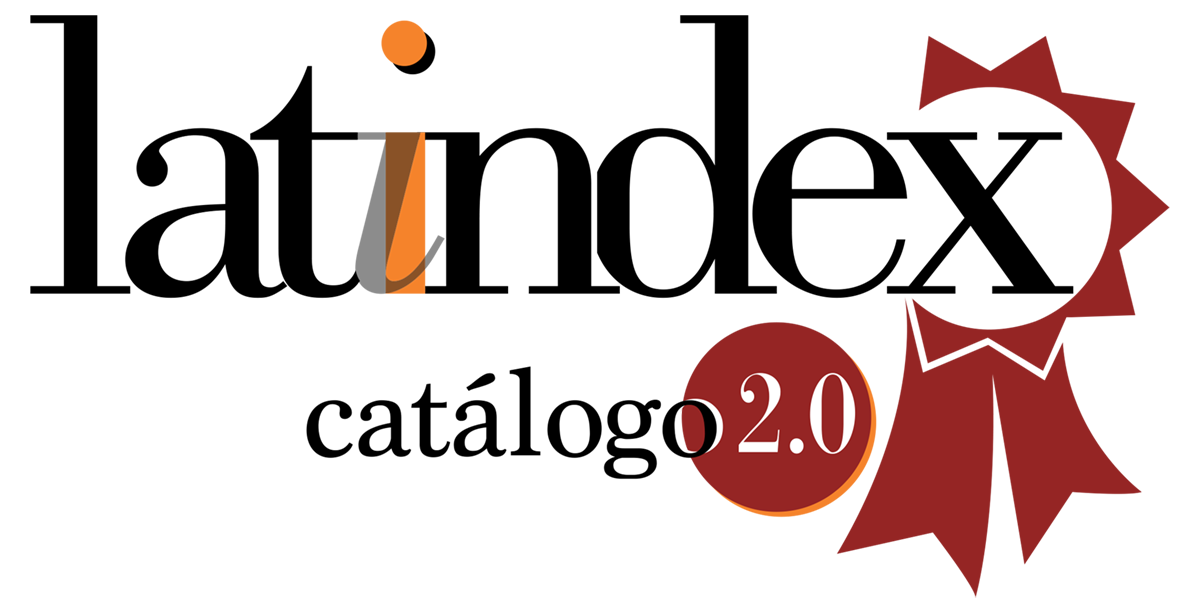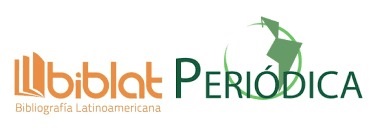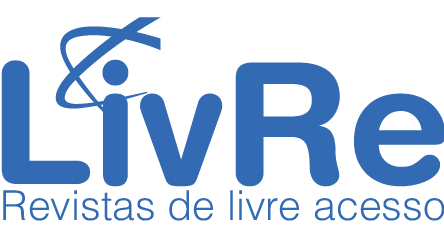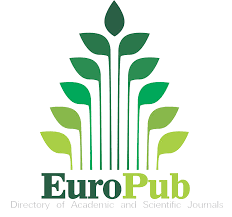Interface design strategies to improve the usability and accessibility of university websites
DOI:
https://doi.org/10.70577/asce.v4i4.509Keywords:
Accessibility; Usability; Interface design, Human-computer interaction.Abstract
Currently, educational websites must incorporate interface design strategies that promote usability, accessibility, and inclusion, ensuring efficient navigation for all users. The implementation of user-centered design is essential to optimize communication and information access within higher education institutions. This study examined interface design strategies aimed at improving the usability and accessibility of university websites, highlighting their importance in academic information management and user inclusion. To this end, a survey was conducted with 130 users at the State Polytechnic University of Carchi (UPEC). The responses were analyzed using correlation coefficients, chi-square tests, and factor analysis to identify the factors influencing the user experience on the institutional website. The results revealed that 78.10% of users rated navigation as “neither easy nor difficult” or “easy,” in contrast to 17.20% who reported difficulties in accessing content. Attention to aspects such as visual appeal and ease of use was reflected in the evaluations of 68% and 77.30% for interface design and color suitability, respectively. However, the polarization in accessibility perceptions among users with disabilities indicated critical areas that required intervention. The triangulation of data collected through surveys and semi-structured interviews with the UPEC ICT team allowed for a deeper contextualization of the findings. Although improvements had been implemented, challenges persisted in the adoption of assistive tools and in achieving full universal accessibility, underscoring the urgency of user-centered strategies and systematic evaluations to address existing gaps. This comprehensive approach, which integrated technical assessment and end-user participation, proved essential for fostering a more inclusive and effective university website at UPEC.
Downloads
References
Adel, N. (2024). The impact of digital literacy and technology adoption on financial inclusion in Africa, Asia, and Latin America. Heliyon, 10(24), 40951. https://doi.org/https://doi.org/10.1016/J.HELIYON.2024.E40951 DOI: https://doi.org/10.1016/j.heliyon.2024.e40951
Alcaraz M., R. (2024). Integración de la optimización de la experiencia de búsqueda (SXO), la usabilidad, la arquitectura de la información y la accesibilidad web: explorando un terreno común para mejorar la visibilidad en buscadores. Ibersid, 37-53. DOI: https://doi.org/10.54886/ibersid.v18i1.4966
Alharoon, D., & Gillan, D. (2020). The relation of the perceptions of aesthetics and usability. Proceedings of the Human Factors and Ergonomics Society, 64(1), 1876-1880. https://doi.org/https://doi.org/10.1177/1071181320641452 DOI: https://doi.org/10.1177/1071181320641452
Alzahrani, M., & Alzahrani, M. (2025). The Importance of Assistive Technology for Students with Disabilities in the Comprehensive Education Schools in the KSA. Creative Education, 4(16), 453–476. https://doi.org/https://doi.org/10.4236/CE.2025.164028 DOI: https://doi.org/10.4236/ce.2025.164028
Apolo, D., Melo, M., Solano, J., & Aliaga, F. (2020). Pending issues from digital inclusion in Ecuador: challenges for public policies, programs and projects developed and ICT-mediated teacher training. Digital Education Review, no. 37, 130–153. DOI: https://doi.org/10.1344/der.2020.37.130-153
Baiyere, A., Salmela, H., Nieminen, H., Kankainen, T., & et al. (2025). Assessing digital capabilities for digital transformation. The MIND framework. Information Systems Journal, 1(35), 6–38. https://doi.org/https://doi.org/https://doi.org/10.1111/isj.12519 DOI: https://doi.org/10.1111/isj.12519
Broekhuis, M., Velsen Van, L., Peute, L., & Halim, M. (2021). Conceptualizing Usability for the eHealth Context: Content Analysis of Usability Problems of eHealth Applications. JMIR Formative Research, 5(7), 18198. https://doi.org/https://doi.org/10.2196/18 DOI: https://doi.org/10.2196/18198
Castro, D., Echeveste, E., Li, M., Gao, J., Jia, W., & Yin, J. (2024). Exploring Smartphone User Interface Experience-Sharing Behavior: Design Perception and Motivation-Driven Mechanisms through the SOR Model. Sustainability 2024,. Sustainability 2024, 16(15), 6670. https://doi.org/https://doi.org/10.3390/SU16156670 DOI: https://doi.org/10.3390/su16156670
Compagnucci, L., & Spigarelli, F. (2020). A systematic literature review on potentials and constraints. The Third Mission of the university, vol. 16(p. 120284). https://doi.org/doi: 10.1016/J.TECHFORE.2020.120284 DOI: https://doi.org/10.1016/j.techfore.2020.120284
Dehghani, M., William Kennedy, R., Mashatan, A., Rese, A., & Karavidas, D. (2022). High interest, low adoption. A mixed-method investigation into the factors influencing organisational adoption of blockchain technology. Journal of Business Research blockchain technology , 149(149), 393-411. https://doi.org/https://doi.org/10.1016/J.JBUSRES.2022.05.015 DOI: https://doi.org/10.1016/j.jbusres.2022.05.015
Dwivedi, Y. K., Hughes, L., Baabdullah, A. M., Ribeiro-Navarrete, S., Giannakis, M., Al-Debei, M., & ... (2022). Metaverse beyond the hype: Multidisciplinary perspectives on emerging challenges, opportunities, and agenda for research, practice and policy. International Journal of Information Management, 66, 102542. https://doi.org/https://doi.org/10.1016/J.IJINFOMGT.2022.102542 DOI: https://doi.org/10.1016/j.ijinfomgt.2022.102542
Fakrudeen, M. (2024). Evaluation of the accessibility and usability of university websites: a comparative study of the Gulf region. Universal Access in the Information Society, 1–16. https://doi.org/https://doi.org/10.1007/S10209-024-01160-9/TABLES/12
Gómez Muñoz, K. G., & Vélez Rosero, B. A. (Marzo de 2025). ESTRATEGIAS DE COMUNICACIÓN SOBRE LA PRESERVACIÓN DE ESPECIES. Santo Domingo, Santo Domingo, Ecuador.
Harrati, N., Bouchrika, I., Tari, A., & Ladjailia. (2016). Exploring user satisfaction for e-learning systems via usage-based metrics and system usability scale analysis. Computers in Human Behavior(61), 463–471. https://doi.org/https://doi.org/10.1016/J.CHB.2016.03.0 DOI: https://doi.org/10.1016/j.chb.2016.03.051
I. O. ISO. (2018). “Ergonomics of human-system interaction—Part 11: Usability: Definitions and concepts (ISO 9241-11: 2018). Google Scholar Google Scholar Reference.
Ismail, A., & Kuppusamy, K. S. (2022). Web accessibility investigation and identification of major issues of higher education websites with statistical measures: A case study of college websites. Journal of King Saud University - Computer and Information Sciences, 34(3),, 3(34), 901-911. https://doi.org/https://doi.org/10.1016/J.JKSUCI.2019.03.011 DOI: https://doi.org/10.1016/j.jksuci.2019.03.011
Kerimbayev, N., Umirzakova, Z., Shadiev, R., & Jotsov, V. (2023). A student-centered approach using modern technologies in distance learning: a systematic review of the literature. Smart Learning Environments 2023, 10(1), 1-28. https://doi.org/https://doi.org/10.1186/S40561-023-00280-8 DOI: https://doi.org/10.1186/s40561-023-00280-8
Lampropoulos, G., & Kinshuk. (2024). Virtual reality and gamification in education: a systematic review. Educational Technology Research and Development 2024, 3(72), 1691-1785. https://doi.org/https://doi.org/10.1007/S11423-024-10351-3 DOI: https://doi.org/10.1007/s11423-024-10351-3
Lemos Muñoz, D. I., Vásquez Erazo, E. J., & Jácome Ortega, M. J. (2024). Estrategias de marketing digital para la generación z: entendiendo y conectando con la próxima audiencia. CIENCIAMATRIA, 377-388. DOI: https://doi.org/10.35381/cm.v10i2.1369
Li, T., Sun, J., & Fei, L. (2025). Application of Multiple-Criteria Decision-Making Technology in Emergency Decision-Making: Uncertainty, Heterogeneity, Dynamicity, and Interaction. Mathematics 2025, 13(5), 731. https://doi.org/https://doi.org/10.3390/ DOI: https://doi.org/10.3390/math13050731
Macakoğlu, S. S., Peker, S., & Medeni, I. T. (2023). Accessibility, usability, and security evaluation of universities’ prospective student web pages: a comparative study of Europe, North America, and Oceania. Universal Access in the Information Society, 2(22), 671-683. https://doi.org/ https://doi.org/10.1007/S10209-022-00869-9/METRICS DOI: https://doi.org/10.1007/s10209-022-00869-9
Macintosh, A, C., Brandt, L., Chen, H., Gregg, V., & Traunmüll. (2008). E-Democracy and E-Participation Research in Europe. Digital Government: E-Government Research, Case Studies, and Implementation, 85–102. https://doi.org/https://doi.org/10.1007/978-0-387-71611-4_5 DOI: https://doi.org/10.1007/978-0-387-71611-4_5
Mayol, J. J., López, F. P., García, L. V., & Coll, A. B. (2024). Relationship between University Quality in Spain and Web Accessibility. . https://doi.org/https://doi.org/10.31219/OSF.IO/HKXCE DOI: https://doi.org/10.31219/osf.io/hkxce
Miller, A. (2024). Disabilities and User Experience. An exploratory case study of survey and website accessibility. Journal of Accessibility and Design for All (JACCES), 14(2), 2013-7087.
Núñez Marín, G. (2021). PORTAL DEL CRUV: EVALUACIÓN HEURÍSTICA DE USABILIDAD. Revista Colegiada de Ciencia, 2710-7434.
Ogbuju, E., Ihinkalu, O., Ajulo, E., Jaiyeoba, O., & Yemi-Peters, V. (2023). Evaluation of University Websites in Nigeria using the Web Content Accessibility Guidelines. Journal of Computing Theories and Applications, 2(1), 174-187. https://doi.org/https://doi.org/10.33633/JCTA.V1I2.9381 DOI: https://doi.org/10.33633/jcta.v1i2.9381
Pilcher, N., & Cortazzi, M. (2024). Qualitative and quantitative methods and approaches across subject fields: implications for research values, assumptions, and practices. Quality and Quantity, 3(58), 2357–2387. https://doi.org/https://doi.org/10.1007/S11135-023-017 DOI: https://doi.org/10.1007/s11135-023-01734-4
Rodríguez, M. (2023). Strategic management of external organizational communication in the era of social media. Challenges of the BUCOC network member libraries. Informacion. Cultura y Sociedad(49), 91–114. https://doi.org/https://doi.org/10.34096/ICS.I49.13086 DOI: https://doi.org/10.34096/ics.i49.13086
Sanchez-Gordon, S., Aguilar-Mayanquer, C., & Calle-Jimenez, T. (2021). Model for Profiling Users with Disabilities on e-Learning Platforms. IEEE Access, 9, 74258-74274. https://doi.org/doi: 10.1109/ACCESS.2021.3081061 DOI: https://doi.org/10.1109/ACCESS.2021.3081061
Song, T. (2025). The Impact of Shape and Decoration on User Experience and Visual Attention in Anthropomorphic Robot Design. Journal of Eye Movement Research 2025, 18(5), 5-18. https://doi.org/https://doi.org/10.3390/JEMR18020005 DOI: https://doi.org/10.3390/jemr18020005
Tagavi, D., Dai, Y. G., Beerger, N. I., Petruccelli, M., Scott, S. E., Oosting, D., . . . Stone, W. L. (2024). Applying a User-Centered Design Framework to Develop a Remote Research Assessment Protocol for a Randomized Clinical Trial for Toddlers with Early Autism Characteristics. Journal of Autism and Developmental Disorders Disorders, 1-15. https://doi.org/https://doi.org/10.1007/S10803-024-06455-7/METRICS DOI: https://doi.org/10.1007/s10803-024-06455-7
Valle de Frutos, S., & Zaharia, A. M. (2023). Revista de Relaciones Internacionales de la UNAM. (145), 105-138.
Vásquez, F. S., Pérez-Arriaga, J. C., Vega, G. C., Luján-Mora, S., & Tortosa, S. O. (2022). Towards the Implementation Process of Accessible Virtual Campuses in Higher Education Institutions in Latin America. Applied Sciences 2022, 12(11), 5470. https://doi.org/https://doi.org/10.3390/APP12115470 DOI: https://doi.org/10.3390/app12115470
Downloads
Published
How to Cite
Issue
Section
License
Copyright (c) 2025 Dunia Pamela Vidaurre Alanes, Castro Chauca Evelin Rubiela, Meneses Quelal Washington Orlando

This work is licensed under a Creative Commons Attribution-NonCommercial-ShareAlike 4.0 International License.
Eres libre de:
- Compartir : copiar y redistribuir el material en cualquier medio o formato
- Adaptar : remezclar, transformar y desarrollar el material
- El licenciante no puede revocar estas libertades siempre y cuando usted cumpla con los términos de la licencia.
En los siguientes términos:
- Atribución : Debe otorgar el crédito correspondiente , proporcionar un enlace a la licencia e indicar si se realizaron cambios . Puede hacerlo de cualquier manera razonable, pero no de ninguna manera que sugiera que el licenciante lo respalda a usted o a su uso.
- No comercial : no puede utilizar el material con fines comerciales .
- CompartirIgual — Si remezcla, transforma o construye sobre el material, debe distribuir sus contribuciones bajo la misma licencia que el original.
- Sin restricciones adicionales : no puede aplicar términos legales ni medidas tecnológicas que restrinjan legalmente a otros hacer algo que la licencia permite.







